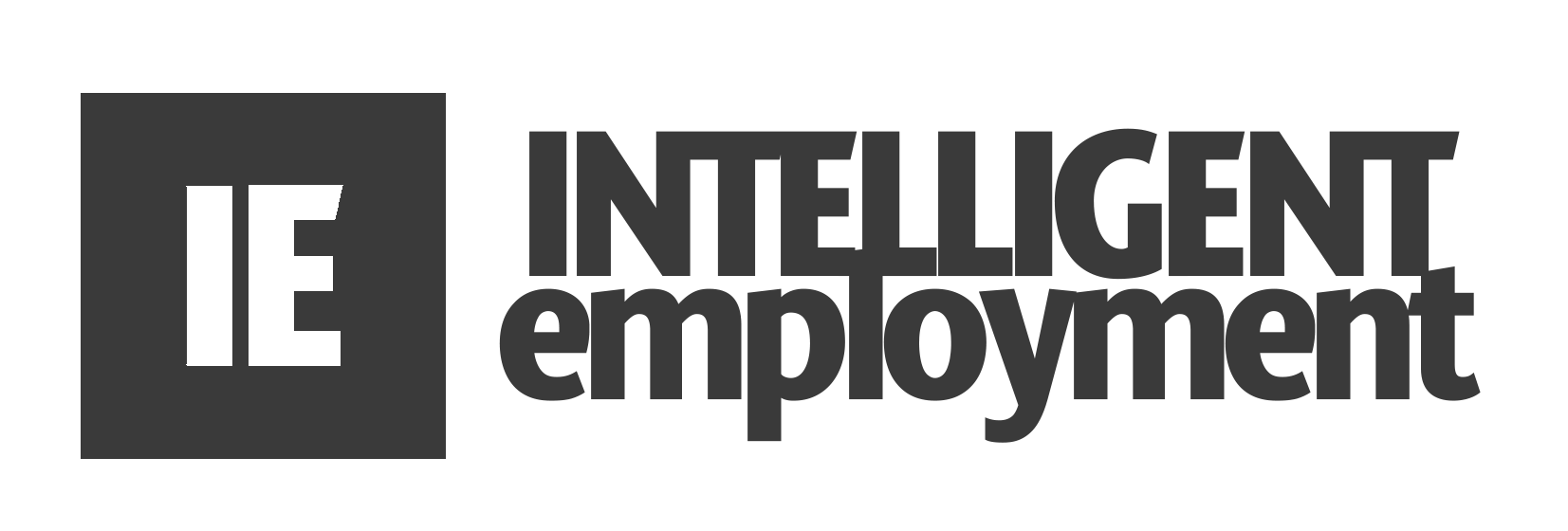The Five steps for a successful internal recruitment process
When it comes to building a rock-solid internal recruitment process, it’s all about understanding your team’s needs, aligning with your business goals, and connecting with what makes your organization stand out. Our own expert on the matter, Simon Evans-Jones has lined up five key steps that’ll help you do just that. Think of it as your insider guide to nailing the recruitment game and keeping your team ahead of the curve.
To run a successful internal recruitment process, the following steps should be in place. Ready to dive in? Let’s roll!
1. Budget for headcount
It may sound obvious, but often organizations start processes without necessarily having the budget
2. Requirements
Understand why there is a need for the vacancy. Is this for growth, or replacement? What is the purpose of this role and the key responsibilities? What skills do you already have internally? What is missing? And which skills would provide added value? Keep this exercise in mind for creating the job description as it will help to separate the ‘must haves’ from the ‘nice to haves’.

3. Process
Once the job requirements have been agreed upon, and job description created, agree on your process. Before the job is advertised, there should be a clear understanding of who is assigned to which tasks and set clear milestones in the calendar for feedback loops. From screening applications and shortlist selection, to interviews, and decision date, everything should be pre-assigned and agreed. This will help to ensure a smooth and efficient process, which in turn will increase the likelihood of a successful hire and reduce impact of recruitment on the business.
4. Outreach
Once the process has been agreed, it’s time to plan your candidate engagement strategy. Where will this position be advertised? Is our Employer Brand attractive? Who will take responsibility for proactively engaging with their close network? Work hard to maximize the initial outreach into the candidate market and set strict timelines for feedback. This, in combination with the advert response, will give a good indication of interest. At the same time, ensure that your Employer Brand is being leveraged to support reputation and attract the right employees. Keep in mind, that advertising is great but only gives you access to those already actively looking for new opportunities. This is the smallest percentage of the candidate market. A targeted and proactive approach will not only access a bigger candidate market, but most likely more relevant skills.
5. Qualification
Very often we spend just a few hours talking to someone and then go on our gut-feeling as to whether we want to work with them for the following years. That leaves quite a big margin for error. However, if you have followed the steps above there should already be a clear understanding of the purpose and key responsibilities for this role, the skills you have internally, the skills that are missing, and additional skills that would create added value. Create an interview template with questions that focus on the skills and experience you need, to make an informed comparison and decision post-interviews. To further support informed decision-making, consider introducing assessments such as psychometric at the later stages of the process. And don’t forget to deep dive into candidate motivations! The market is changing rapidly, and being able to identify those who are truly motivated to join your company early can save you a lot of time later in the process.
If you can implement the above five steps, you are on the right track. But keep in mind that every process has a shelf life. Candidates often have multiple processes ongoing and there is a risk of losing out to competitors if you drag the process out. This will not only affect the short term hire, but your brand in the long run. The longer a recruitment process runs, the bigger the impact on the organization in terms of cost, stress, and day-to-day tasks. Know when to ask for support.
A robust recruitment process is essential, particularly within the influential sector of sustainable technologies. For organizations eager to enhance their recruitment strategy and seek a knowledgeable partner for guidance, Intelligent Employment stands ready to support.


